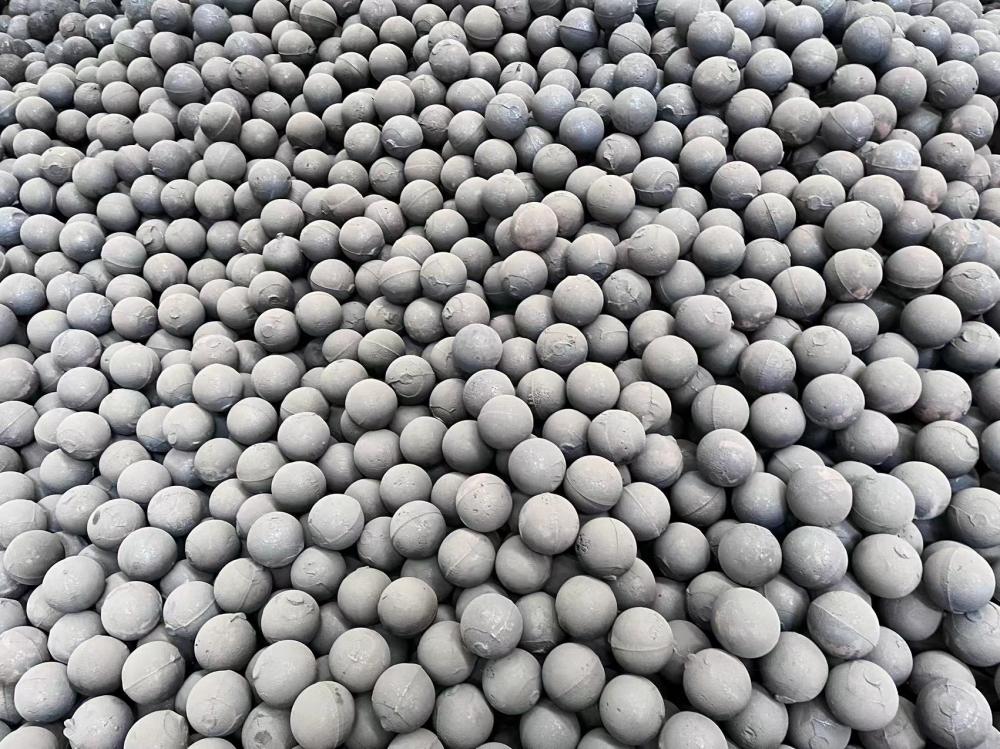In recent years, the development of epoxy resin curing agents has accelerated significantly. New high-performance options have emerged, offering improved properties such as enhanced water resistance, heat resistance, and mechanical strength. Shell's Epon HPT curing agents 1061 and 1062 feature a hydrocarbon structure without ether bonds, which enhances their performance in harsh environments. These agents are compatible with bisphenol A epoxy resins and can withstand temperatures up to 207°C, with water absorption rates between 1.4% and 1.6%.
Ajicure PN-31 and PN-40 are latent curing agents that remain stable below 90°C but become active at higher temperatures. They allow for one-component epoxy adhesives with a shelf life exceeding nine months, making them ideal for industrial applications where long-term storage is required.
Dainippon Ink Chemical Co., Ltd. uses a nitrogen-based phenolic resin (ATN) synthesized from phenol, formaldehyde, and melamine as an epoxy curing agent. This formulation offers excellent flame retardancy, achieving UL94 VO grade. Another compound, ATU, reacts well with various epoxides and acrylonitrile, forming a liquid adduct that is easy to use, non-toxic, and requires minimal measurement precision. The cured products exhibit high bonding strength, tensile strength ranging from 65 to 80 MPa, and impact strength between 14 to 16 kJ/m².
A new curing agent based on aryl ether ester diarylamine, derived from tetrabromobisphenol A bis(2-hydroxyethyl)ether and p-nitrobenzoyl chloride, provides high strength and toughness. It also offers good heat resistance and low water absorption, with tensile strength reaching 95 MPa and elongation at break over 12%.
Japan has introduced hydrogenated methyl nadic anhydride (H-MNA), which improves the thermal stability of bisphenol A epoxy resins. The cured material can withstand temperatures up to 162°C, with a heat aging time 1.5 times longer than traditional options like MNA and MeTHPA. After 30 days at 200°C, its bending strength remains almost unchanged.
To meet the demands of electronic packaging materials, moisture and heat-resistant curing agents have been developed, including phenolic resins. Ciba’s Hardene HY940 is a modified low-molecular-weight polyamide that offers a six-month storage period at room temperature and high reactivity at 100°C, ensuring strong adhesion and mechanical performance.
The Southeast Chemical Research Institute has developed T-99, an ultra-flexible, multifunctional epoxy curing agent that is colorless, transparent, and environmentally friendly. It cures at room temperature or when heated, with a cured product elongation exceeding 200%, solving the brittleness issue common in condensed amine curing agents.
The HTAC series of modified anhydride curing agents, developed by the same institute, enhance both toughness and heat resistance. With an impact strength of 24 kJ/m² and a glass transition temperature (Tg) of 120°C, these agents are ideal for demanding applications. A weather-resistant toughening anhydride curing agent was also created, featuring no double bonds and excellent UV resistance.
Humtsman introduced Jeffamine XTJ-590, a fast-reacting polyetheramine curing agent that cures four times faster than conventional D-230. It offers a light color and superior impact and thermal shock resistance, either alone or combined with other polyetheramines.
Air Products launched Anquanmine 721 and 731, waterborne epoxy curing agents known for their environmental friendliness and cost-effective performance in concrete protection. In 2008, Gabril Performance Products introduced GPM-830CB and GPM-890CB thiol amine epoxy curing agents to improve adhesion between glass and metals like bronze and brass. GPM-830CB is a yellow-brown liquid with medium viscosity, suitable for use with bisphenol A epoxy resins.
Chrome Steel Grinding Media Balls
Steel ball is a commonly used grinding medium with the following characteristics:
1. High hardness: Grinding tool steel ball is usually made of high carbon chromium steel material, high hardness, can effectively grind hard materials.
2. Strong wear resistance: Due to the use of high hardness material, grinding tool steel ball has good wear resistance, can be used for a long time and is not easy to wear.
3. Good compression resistance: After special treatment, the steel ball of the grinding tool has high compression resistance, can withstand greater pressure, and is not easy to deformation or fracture.
4. Good grinding effect: The steel ball of the grinding tool has high grinding efficiency and grinding accuracy, which can quickly and evenly grind the surface of the object to achieve the required smoothness or accuracy.
5. Widely used: Grinding tool steel ball can be used for metal materials, ceramic materials, glass and other materials grinding processing, widely used in machining, electronic manufacturing, chemical industry and other fields.
It should be noted that the appropriate size and material need to be selected according to the specific situation during the use of the grinding tool steel ball to ensure the grinding effect and service life. In addition, pay attention to safety precautions during use to avoid damage to personnel and equipment

Chrome Steel Grinding Media Balls,Ball Mill Grinds Chrome Balls,Grinding Tools,Cast Iron Balls
Xuzhou Surun wear-resistant material Co., LTD , https://www.suruntools.com
